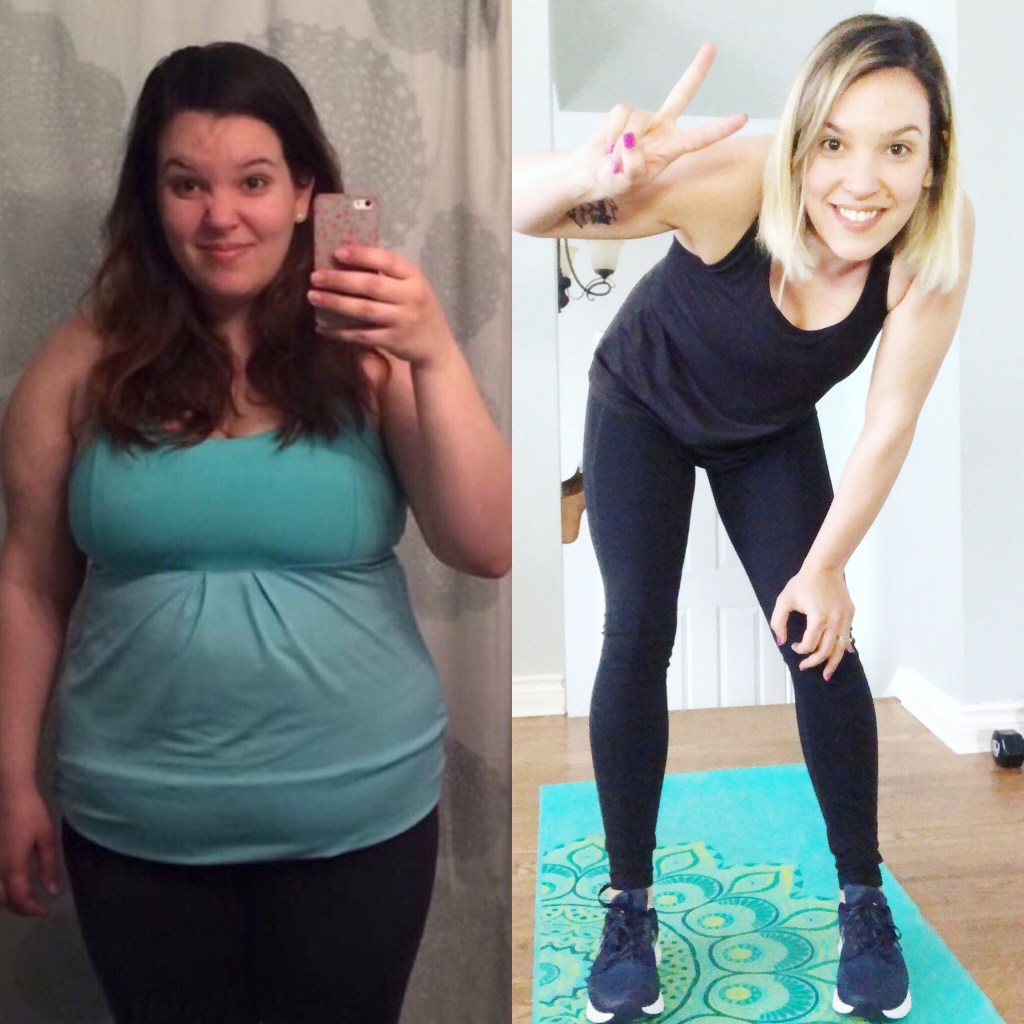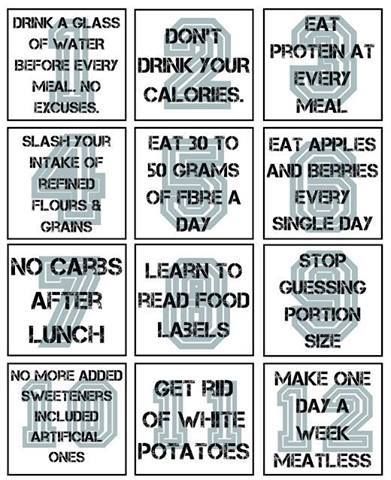
A healthy food plan is crucial for people with diabetes. Whole grains are a key food to include in your shopping list. They help you break down food properly, reduce your risk of developing type 2 diabetes, heart disease, cancer, or other serious conditions. Whole grain flours are also a great way to make your dishes healthier. These could include whole wheat flour, nut flour, and other grains products. This will help you save money, as well as provide your family with the nutrition they need.
There are many healthy foods that you can find at most grocery stores. You have the option to choose from fruits and vegetables, as well as nuts, seeds, or chocolate. It doesn't really matter where you live so long you stick with these foods. Make sure that they're high in nutrients as well as low in calories. Here are the top ten healthiest foods.

Other than fruits and veggies, meat and fish can be added to your diet. Factory-raised meat is not good for your health and should be avoided. Choosing lean meats is also best. It is possible to include herbs and spices, which can help increase metabolism and reduce fat. Certain spices, such as ginger and mustard, are great for digestion and your health. They are also good for nausea and fighting infection.
Whole grains, lowfat milk products, and fish should all be included in a healthy food list. These foods may not look appealing, but they are full of sugar, saturated fat, carbohydrates, and other harmful substances. Avoid foods that contain these ingredients to ensure you enjoy your food. You will feel much healthier and happier in no matter how you prepare your food. When you are shopping, remember this. You will be glad you did!
You can eat whole grain foods as well as foods low in fat. Although high-fat food is harmful for your health it can be difficult and frustrating to eat. There are healthy options that are both nutritious and delicious. For example, organically grown produce is better. Organically grown vegetables and fruits are healthier.

Healthy snacks are important, as well as fruits and veggies. These snacks are great for curbing hunger pangs and helping you to get the vitamins and minerals that you need. When you have a healthy food list, you can easily shop for healthy snack items that you can enjoy whenever you're hungry. It is also a good idea to avoid processed food. This is not only more economical but also healthier for your health. This is why whole food should be bought.
FAQ
What are the 7 tips to have a healthy life?
-
Take care of your health
-
Exercise regularly
-
Rest well
-
Drink plenty of water.
-
Get enough sleep
-
Be happy
-
Smile often
How to measure your body fat
A Body Fat Analyzer (BFA) is the best method to measure bodyfat. These devices are used for measuring the percentage of body fat in people who want to lose weight.
What lifestyle is most healthy?
A healthy lifestyle means eating healthy foods, exercising regularly, sleeping well, and avoiding stress. You will live a long and happy life if you adhere to these guidelines.
Starting small can make a big difference in your diet, and even your exercise routine. For example, if you want to lose weight, try walking for 30 minutes every day. If you're looking for a way to increase your activity, consider taking up swimming or dancing. You could also sign up to an online fitness platform like Strava, which tracks your activity.
Which diet is best for me?
There are many factors that influence the best diet, including your gender, age, weight, health condition, lifestyle, and personal preferences. Consider how much energy and low-calorie foods you consume, as well as whether or not you are a fan of fruits and vegetables.
If you are trying to lose weight, then you may want to try intermittent fasting. Intermittent fasting is a way to eat only certain meals during the day instead of three large meals. This approach may prove to be more beneficial than traditional diets that have daily calorie counts.
Studies have shown that intermittent fasting can improve insulin sensitivity and decrease inflammation. This could lead to improved blood sugar levels, and a lower risk of developing diabetes. Some research also suggests that intermittent fasting might promote fat loss, and improve overall body composition.
Exercise: Good or Bad for Immunity?
Exercise is good to your immune system. Exercise increases white blood cell production, which helps fight off infection. Your body also removes toxins. Exercise can prevent diseases such as cancer and heart disease. It can also lower stress levels.
However, exercising too much can weaken your immune system. If you work out too hard, your muscles become sore. This can cause inflammation and swelling. Your body then has to produce more antibodies to fight off infection. The problem is that these extra antibodies can cause allergies and autoimmune disorders.
So, don't overdo it!
What is the difference in fat and sugar?
Fat can be a source of energy that is obtained from food. Sugar is a sweetener found in fruits, vegetables, and other foods. Both fats as well as sugars contain the same amount of calories. Fats have twice the calories of sugars, however.
Fats are stored within the body and can contribute to obesity. They cause cholesterol buildup which can lead to strokes and heart attacks.
Sugars are quickly absorbed by the body and provide instant energy. This causes blood glucose levels in the body to rise. High blood glucose levels can lead to type II diabetes.
What are the best 10 foods to eat?
These are the 10 best foods you can eat:
-
Avocados
-
Berries
-
Broccoli
-
Cauliflower
-
Eggs
-
Fish
-
Grains
-
Nuts
-
Oats
-
Salmon
Statistics
- WHO recommends reducing saturated fats to less than 10% of total energy intake; reducing trans-fats to less than 1% of total energy intake; and replacing both saturated fats and trans-fats to unsaturated fats. (who.int)
- The Dietary Guidelines for Americans recommend keeping added sugar intake below 10% of your daily calorie intake, while the World Health Organization recommends slashing added sugars to 5% or less of your daily calories for optimal health (59Trusted (healthline.com)
- This article received 11 testimonials and 86% of readers who voted found it helpful, earning it our reader-approved status. (wikihow.com)
- In both adults and children, the intake of free sugars should be reduced to less than 10% of total energy intake. (who.int)
External Links
How To
What does the "vitamins” word mean?
Vitamins are organic compounds naturally found in food. Vitamins allow us to absorb nutrients from food. Vitamins cannot come from the body so food must provide them.
There are two types of vitamins: water soluble and fat soluble. Water soluble vitamins dissolve easily in water. Some examples include vitamin C,B1 and B2 vitamins (thiamine), B2 and riboflavin, B3 and B6 vitamins (niacin), folic acids, biotin, pantothenic acids, and cholesterol. Fat-soluble vitamins are stored in the liver, fatty tissue and kidneys. These include vitamin D, E and K, as well as beta carotene.
Vitamins can be classified according to biological activity. There are eight major types of vitamins:
-
A - essential for normal growth and maintenance of health.
-
C - important for proper nerve function and energy production.
-
D - essential for healthy bones, teeth, and gums.
-
E - Required for good vision & reproduction
-
K – Required for healthy nerves & muscles.
-
P - Vital for strong bones and teeth.
-
Q - aids digestion and absorption of iron.
-
R - Red blood cells are made from red blood cells.
The recommended daily intake (RDA), of vitamins varies with age, gender and physical condition. RDA values are set by the U.S. Food and Drug Administration (FDA).
For example, the RDA for vitamin A is 400 micrograms per dayfor adults 19 years or older. Because it is essential for the development of the fetus, pregnant women should consume 600 micrograms per daily. Children ages 1-8 require 900 micrograms per day. Children under 1 year old require 700 micrograms daily, while infants over one year old need 500 micrograms every day. This decreases between 9 and 12 months.
Children between the ages 1--18 years old who are overweight or obese require 800 micrograms per Day, while those who are overweight or obese need 1000 micrograms. To meet their nutritional needs, children underweight and obese require 1200 micrograms a day.
Children ages 4-8 years who have been diagnosed with anemia need 2200 micrograms per day of vitamin C.
Adults over 50 years of age need 2000 micrograms per day for general health. Women who are pregnant or breastfeeding need 3000 micrograms per day due to increased nutrient requirements.
1500 micrograms are required daily by adults over 70 because they lose approximately 10% of their muscle each decade.
Women who are pregnant or nursing need more than the RDA. Pregnant women require 4000 micrograms daily during pregnancy, and 2500 micrograms every day after birth. Breastfeeding mothers need 5000 mg per day when breastmilk is being produced.